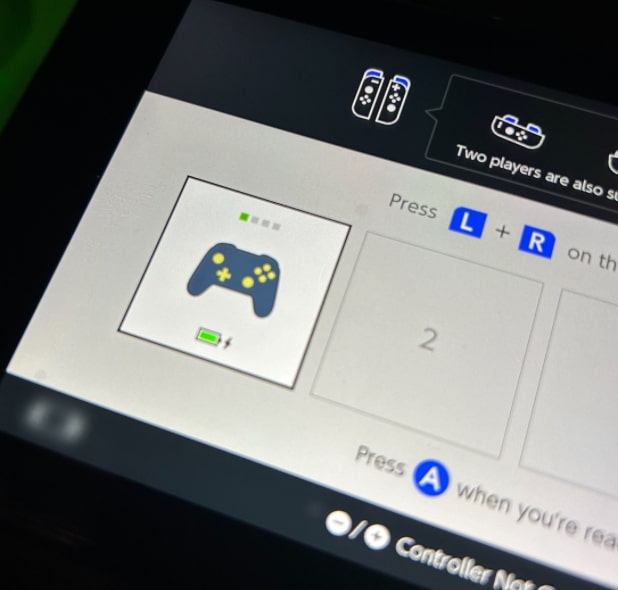Thats a good observation. I would think I use Ctrl more frequently than Alt, so it would make sense to have Alt where Ctrl usually is, and Ctrl where Shift usually is.
she/her
- 0 Posts
- 11 Comments
Interesting, I’ll have to check it out. I’ve been passively wanting to leave brave on iOS for some time now. Thank you!
Nope. I use left shift for everything.
Even if you do use both shift keys correctly, it still feels awkward to me since you have to sacrifice a pinky from home row and shift your hands.
It’s why I’ve been curious to try a layout where Shift and Alt are swapped, that way you can use your thumb to press shift and keep your fingers in place.

 4·1 year ago
4·1 year agowoah, ive never heard of this one. it looks awesome. thanks for sharing!!

 70·1 year ago
70·1 year agoLinux, Firefox, virtualization, Blender, KDE Plasma, ffmpeg, Krita, Inkscape, yt-dlp, Godot, programming language toolchains

 28·1 year ago
28·1 year agoand I’m a tuna!

 2·1 year ago
2·1 year agoVery similar to mine. Although for me the ball was white and rolled right
I thought it was interesting I could only see the arm, probably because I wouldn’t be able to picture the full body
Something i didnt know for a long time (even though its mentioned in the book pretty sure) is that enum discriminants work like functions
#[derive(Debug, PartialEq, Eq)] enum Foo { Bar(i32), } let x: Vec<_> = [1, 2, 3] .into_iter() .map(Foo::Bar) .collect(); assert_eq!( x, vec![Foo::Bar(1), Foo::Bar(2), Foo::Bar(3)] );Not too crazy but its something that blew my mind when i first saw it

 0·1 year ago
0·1 year agoi’m tricking the nintendo switch into thinking my computer is a bluetooth pro controller. I’m using a crate called bluer which exposes bindings to the BlueZ stack and it’s been great to use.
I got to the point where it pairs the controller and hits B to exit. However it doesnt seem to accept any more button presses after that… :) So I have some ways to go.

I’ve also needed a project where I can challenge myself with the basics of async without it being overwhelming, and I think this hits the sweet spot. It’s my first time using tokio spawn, join, and select in a real project!


same, well not that exact plush but this one :) https://edunham.net/2016/04/11/plushie_rustacean_pattern.html